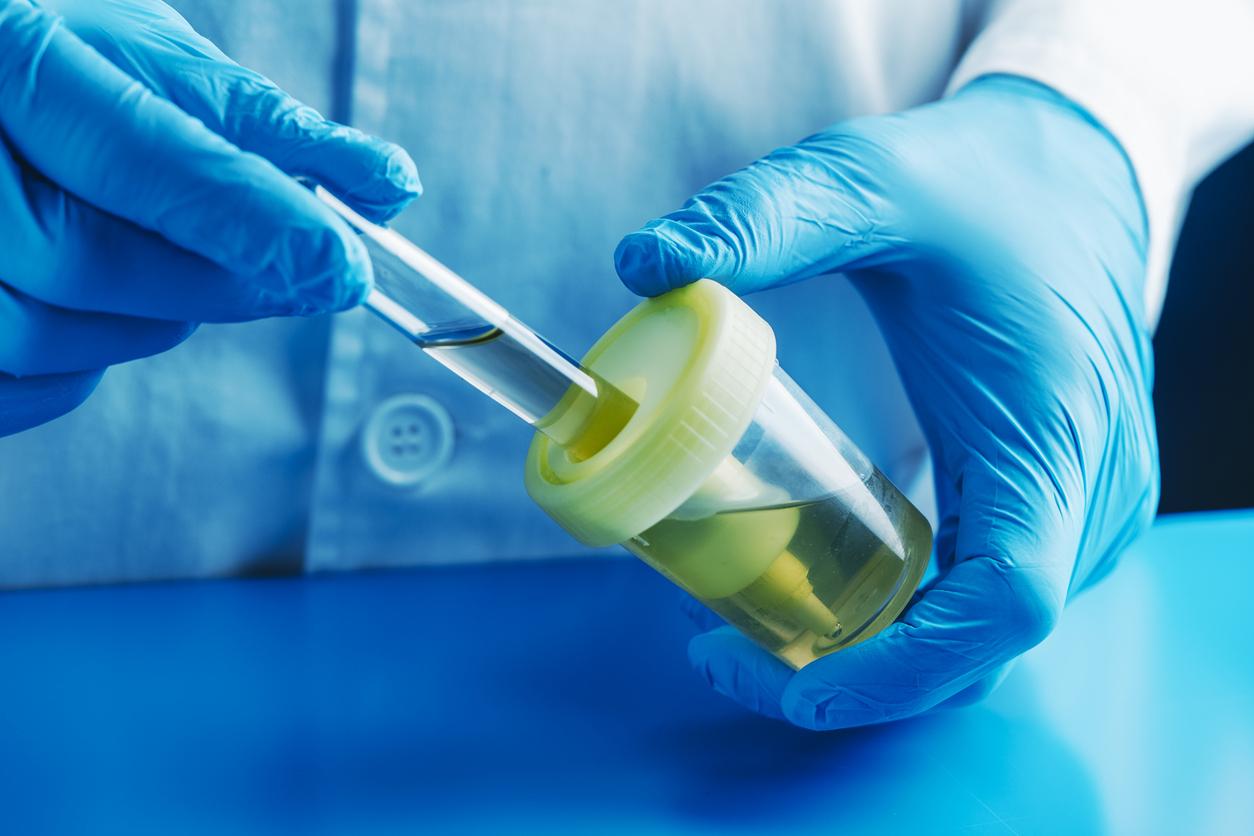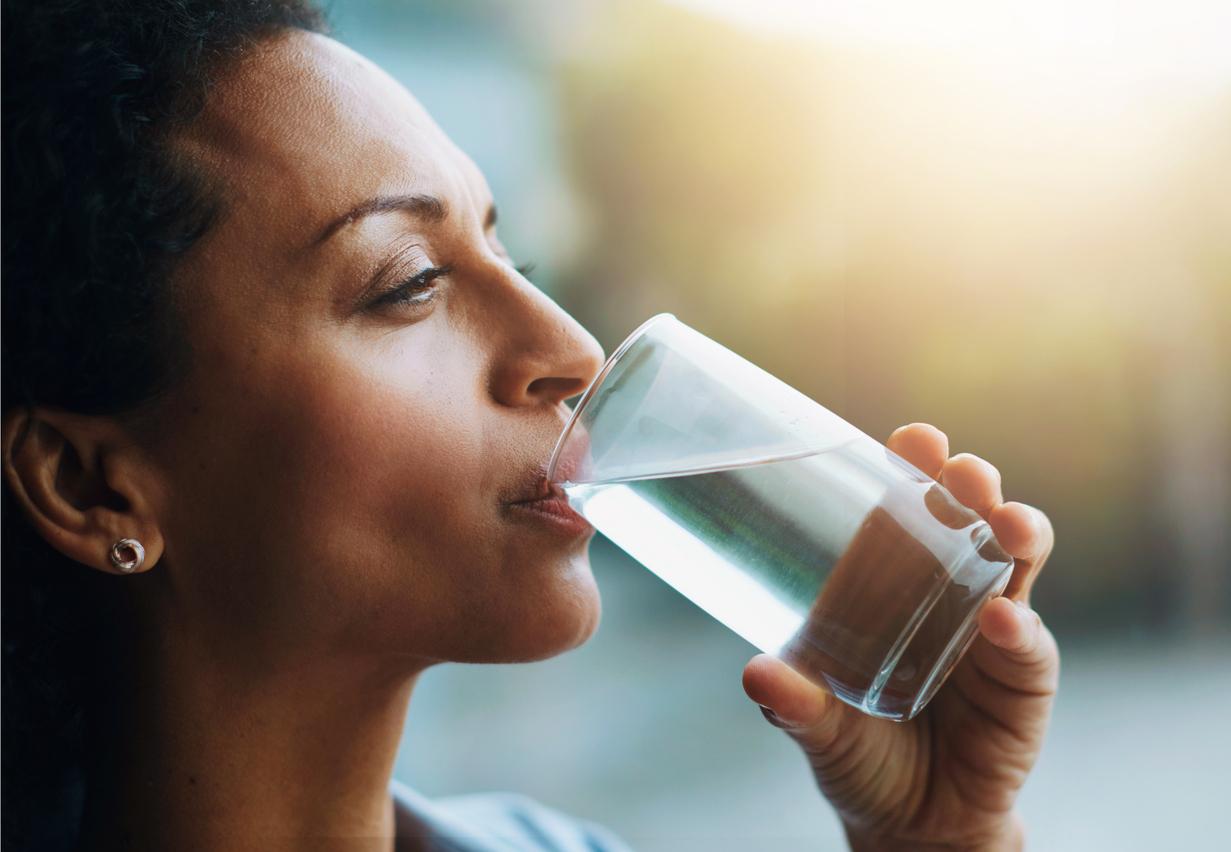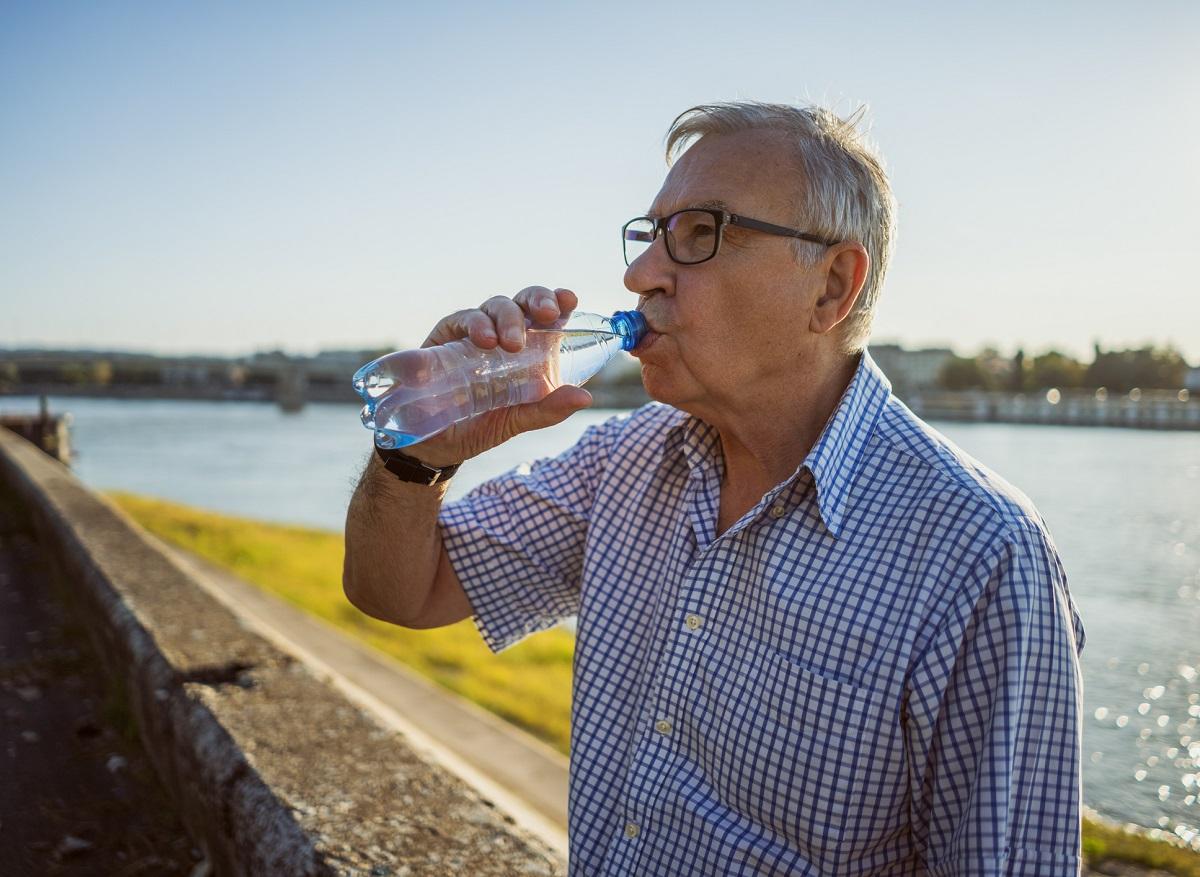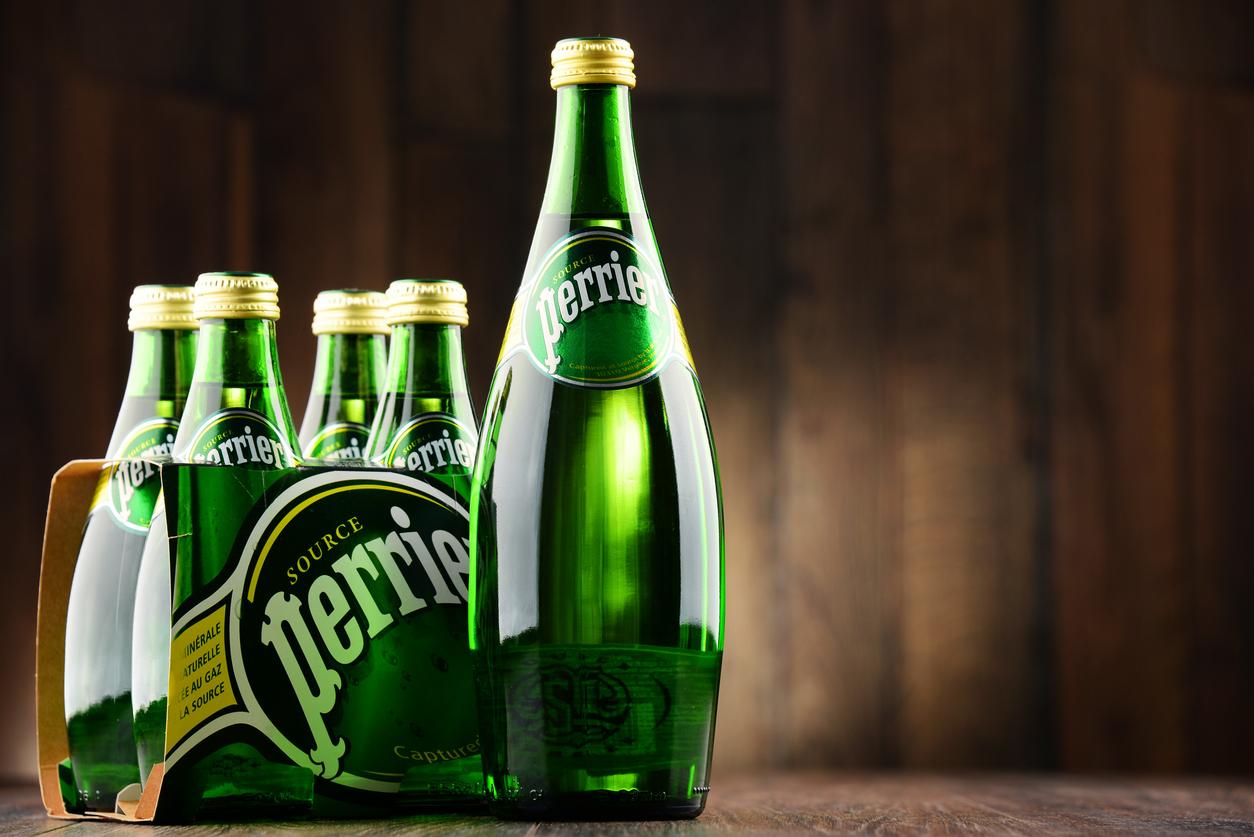November 21, 2006 – Using a pitcher with an activated carbon filter would reduce the amount of chemicals in tap water. This is confirmed by the work of a team of researchers1 of Laval University in Quebec.
The contact between the chlorine used to treat water and the organic matter naturally contained in the water causes chemical reactions and produces, among others, trihalomethanes (THM) and haloacetic acids (HAA). These by-products of water disinfection would, at very high concentrations, be associated with an increased risk of developing certain cancers, according to the researchers.
Researchers have studied various homemade water treatment methods that consumers use primarily to improve the taste and smell of tap water. They wanted to know if they also reduced the concentrations of water disinfection byproducts.
They subjected to these treatments water samples taken from residences located in the distribution network of Quebec City.
Let the water stand: a good idea
According to the study’s authors, simple methods such as storing water in the fridge for at least four hours, with or without boiling2, were shown to be effective in reducing THMs.
Forty-eight hours after putting the water in the fridge, the reduction in THMs was around 30% for refrigeration and 87% when the water was boiled before putting it in the fridge. What’s more, an uncovered pitcher increased this efficiency given the volatile nature of THMs. In the case of HAAs, these simple methods have had no noticeable effect.
In contrast, in-house filtration of the water using a Brita-type pitcher, followed by refrigeration, helped reduce AHAs by 66%. This method has been shown to be the most effective, also reducing THMs by 92%.
In Quebec, there are now standards for THM concentrations in tap water that municipalities must apply by June 2008. At the moment, there are no standards for HAAs.
Marie france Coutu – PasseportSanté.net
According to Reuters and Through the Events.
Respond to this news in our Blog.
1. Levesque S, Rodriguez MJ, et al. Effects of indoor drinking water handling on trihalomethanes and haloacetics acids. Water Research, 40 (2006) 2921-2930
2. At least 30 seconds of boiling.














